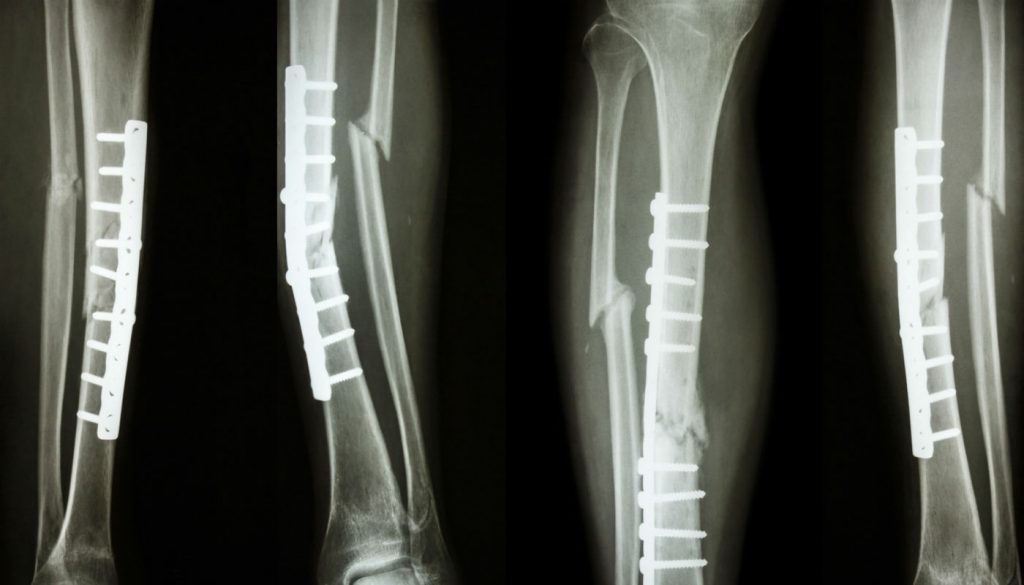Move over metal plates and screws – ceramic could become the go-to graft for mending broken bones.
For the millions of people around the world who suffer from broken bones or bone loss from disease, deficiency or abnormal development, metal grafts can help things get back to some semblance of normal. But they come with downsides: they can cause discomfort, and they are sometimes rejected by the patient’s immune system.
That’s why engineers from the University of Sydney worked to develop a more natural, less invasive alternative to traditional metal hardware.
The result is a 3D-printed ceramic implant with the same strength as bone, and over time the material dissolves and is replaced by real bone. This leads to less discomfort for patients and eliminates the need for additional surgery.
The team, led by biomedical engineering professor Hala Zreiqat, tested the implant on rabbits before graduating to a herd of eight sheep. In both cases, the implant was able to heal broken bones and large leg fractures; results showed complete healing in 25 per cent of the sheep’s fractures after three months and 88 per cent after one year.
The imitation game
According to Zreiqat, the ceramic implant is the perfect substitute because it so closely mimics the natural architecture, strength and porosity of bone; the implant integrates much more effectively into the surrounding tissue than its metal counterparts.
“By allowing blood and nutrients to penetrate the supporting material, normal bone growth is encouraged, which will eventually replace the gradually dissolving scaffold,” she said.
Additional tests showed the ceramic graft didn’t share the negative side effects of metal implants. Although it’s hard to definitively say how the sheep felt about the implants – there’s not really an ovine medical self-assessment – Zreiqat said the sheep appeared to tolerate the implants well.
One thing that makes these implants different is they are a temporary device that offers a permanent solution. The material is composed of a mixture of materials that dissolves in the body without toxic side effects: calcium silicate, a mineral called gahnite, and small amounts of strontium and zinc, which are trace elements in bones. Over time, the implant is completely replaced with living, healthy bone.
Growing supply
Regenerating bone can be a lengthy and painful process, and each of us has a limited supply of bone that can be used to make grafts. Demand for synthetic substitutes is high, and Zreiqat hopes this ceramic implant can fill the growing gap.
“This material has the potential to positively affect the quality of life of millions of people globally, so we are hoping to see it in use clinically within the next 10 years,” she said.
Human trials are next, starting with smaller jobs such as repairing spinal defects and broken jaws. From there, the ceramic implants will be used on larger fractures in load-bearing bones in the legs and hips.


